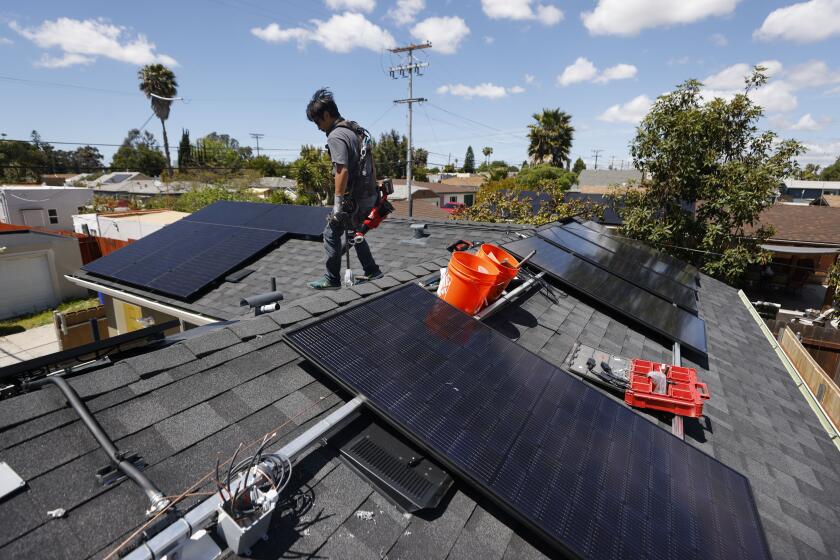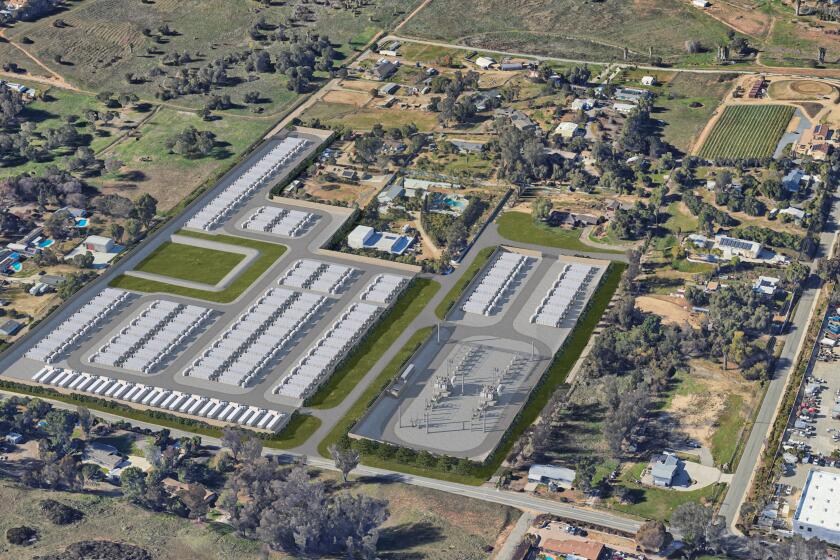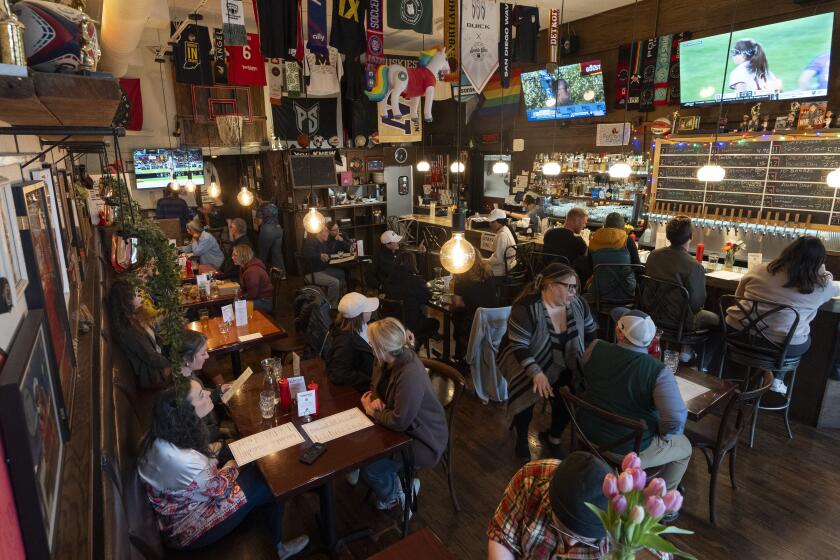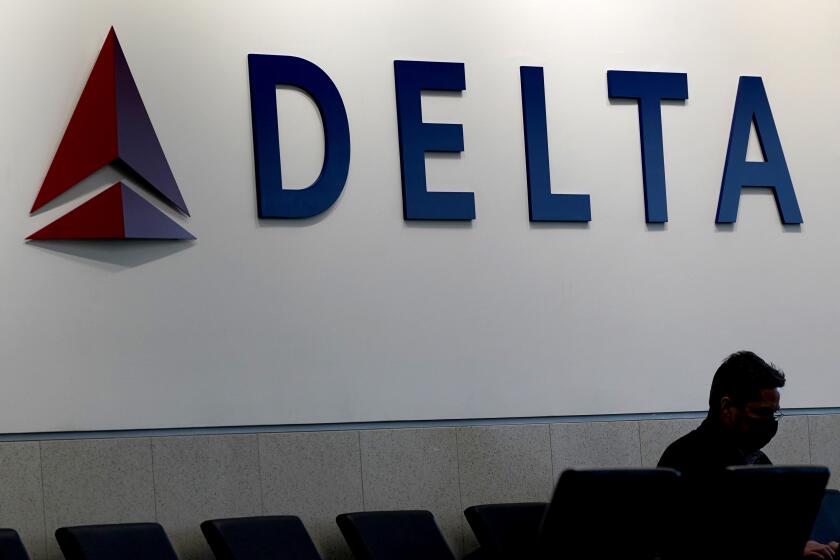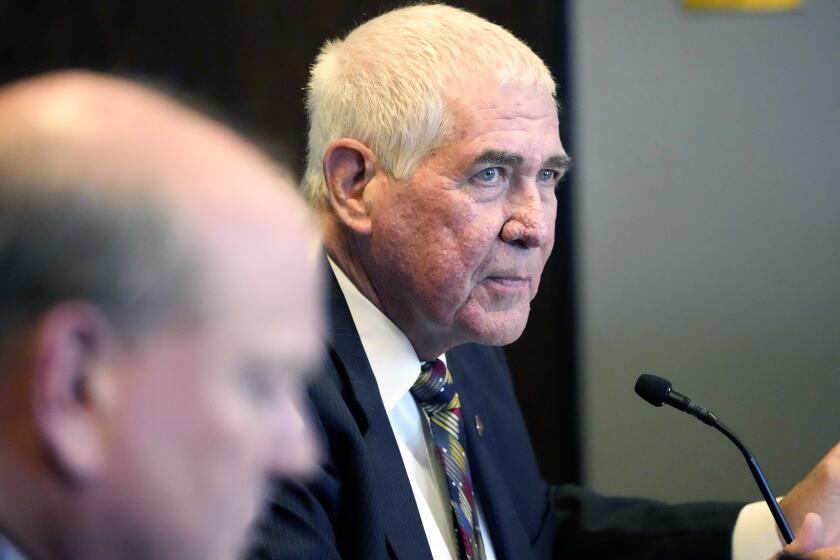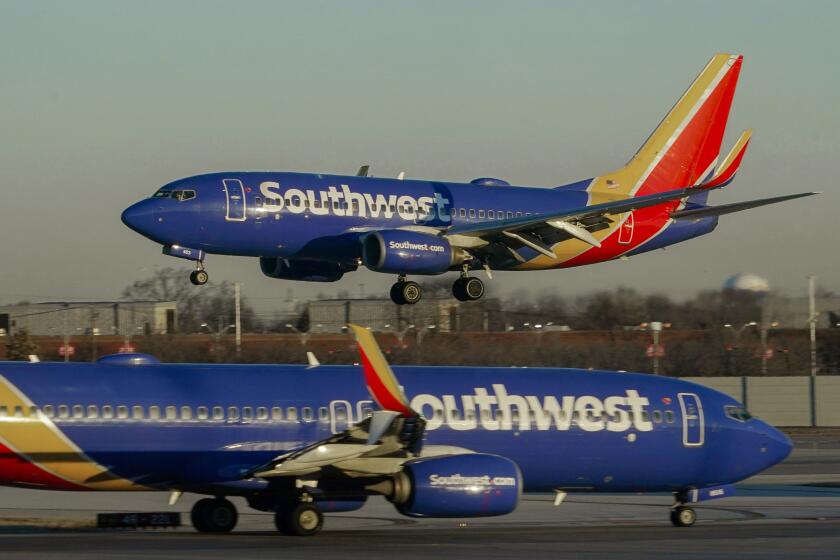What am I paying for? The costs that drive sky high gas prices in California

Crude oil makes up the bulk of the expense, but refining, taxes and fees also boost the amount that the state’s consumers pay when they fill up
With gasoline prices soaring to record levels, a transportation fuels consulting company in Orange County broke down all the elements that make up the costs of a gallon of gas in California.
The analysis found that crude oil accounted for the single biggest single part of the price. That’s no surprise, but the analysis also noted a pair of other major factors — the combination of state and federal taxes and fees as well as the costs and profits of refiners and gas stations.
This story is for subscribers
We offer subscribers exclusive access to our best journalism.
Thank you for your support.
“Pricing has a lot of moving parts,” said Leigh Noda, senior associate at Stillwater Associates, a firm based in Irvine.
Noda recently focused on one particular day — March 8, when the average price of regular-grade gas in California stood at $5.45 a gallon.
By itself, the price of crude oil, which has soared after the Russian invasion of Ukraine, made up $2.99 of the total cost at the pump. That accounted for the majority of the $5.45 per gallon figure. Noda used the $2.99 figure based on the price of crude that day from Alaska North Slope, which is widely used in California.
Another 15 cents was added to the price through the Renewable Volume Obligation, or RVO, a federal program administered by the U.S. Environmental Protection Agency that determines how much renewable fuel refiners must blend into gasoline.
According to the Stillwater calculations, on March 8 the refiners’ costs and profits combined to account for 72 cents of the average price. Noda said that includes “things like the fuel for running the refinery, paying all their people, the maintenance, property taxes, whatever goes into the costs of running the refinery, as well as profits.”
Noda said it’s difficult to get precise numbers “so we don’t try to break it down into the cost portion and the profit portion.”
Adding the crude oil price of $2.99, the RVO cost of 15 cents and the 72 cents for refiners’ cost and profit brought the bulk, or wholesale, price to $3.86 a gallon.
But if the average retail price on March 8 came to $5.45 a gallon, where did the rest come from?
Slightly more than $1.26 came from a combination of taxes and fees:
- The federal excise tax on gasoline that amounts to 18.4 cents per gallon.
- Statewide, the California excise tax comes to 51.1 cents a gallon. The tax is tied to the Consumer Price Index in California and gets adjusted every July. With inflation surging, Noda estimated the excise tax will increase another 3.5 cents this summer.
- State sales tax that motorists also pay each time they go to the pump. The tax varies by area but the Stillwater analysis pegged the average to 18 cents per gallon.
- The Underground Storage Tank fee of 2 cents per gallon. Established in 1991 following reports of numerous leaks, the fee raises money to clean up underground petroleum storage tanks across the state.
- Fuels Under the Cap fee, which is part of the California’s cap and trade program that requires suppliers of polluting fuels to purchase allowances to offset the emissions that result from burning those fuels. The fee varies each year and currently comes to 20 cents per gallon.
- Low Carbon Fuel Standard, another state program which requires suppliers of fuels with high carbon intensity to purchase credits from makers of fuels with lower carbon, such as ethanol and biodiesel. Stillwater’s analysis estimated it at 17 cents a gallon.
“These different fees are levied to combat greenhouse gas emissions in the state,” Noda said. “And I think those are good, but fighting greenhouse gases is not something that’s free ... it does come with a cost.”
That leaves just one piece remaining — the costs and profits of gas marketers, which is comprised of gas stations and the suppliers that provide the stations with fuel. Noda calculated their costs and profits came to 33 cents per gallon. “It’s what goes towards paying things like delivery costs, the costs of running a gas station, as well as whatever profit is in it for those folks,” Noda said.
The combination of refiners’ (72 cents a gallon) and gas marketers’ (33 cents) costs and profits in Noda’s March 8 snapshot came to $1.05. That works out to 19.3 percent of the $5.45 cost per gallon.
Combining the state and federal taxes and fees ($1.265) accounted for 23.1 percent of the price at the pump.
The crude oil price of $2.99 on March 8 made up 54.8 percent of the $5.45 price.
Gas prices have whipsawed in the past two years.
At the onset of the COVID-19 pandemic, global oil markets crashed due to economic uncertainty. Following lockdowns instituted by California and other states, roads and highways emptied as millions stopped commuting to work and school.
Gasoline prices plummeted. The average price for a gallon of regular in San Diego fell to an average of $2.73 a gallon in May 2020. It took until February 2021 for local prices to return to pre-pandemic levels of $3.43 a gallon.
But prices in California and across the country kept rising, surpassing an average of $4 a gallon in San Diego in April 2021.
Last month, the area set a new record of $4.726 as tensions over a potential Russian invasion of Ukraine drove up global oil prices and on Feb. 24 when Vladimir Putin initiated an attack, prices went into overdrive. According to AAA, the average price in San Diego on Monday stood at $5.766 a gallon.
“I do hope that we’ve reached the peak and we’re not going to see the average go up to $6,” Noda said, “but you never know ... Crude markets are still going to be prone to whatever news is coming out of Ukraine and all the subsequent repercussions of that.”
California gas prices are the highest in the country and the surge at the pump in recent weeks has fueled speculation by some of price-gouging.
Public Watchdogs, a San Diego-based consumer group, sent a letter to California Attorney General Rob Bonta calling for his office to launch an investigation. “Our analysis of the current pricing situation strongly suggests that the wholesale and retail market is at best dysfunctional, and at worst, the result of collusion or tacit price-signaling between California oil refiners,” the letter said.
Noda said he hasn’t seen any evidence of price-gouging.
A number of proposals are being floated at the State Capitol to offer drivers some financial relief from high gas prices.
During his State of the State address last week, Gov. Gavin Newsom said he would submit “a proposal to put money back in the pockets of Californians.” Newsom did not offer specifics but staffers said it would come via budget revisions and likely take the form of a rebate that could go to residents with cars registered in California.
Earlier in the year, Newsom proposed suspending the Consumer Price Index increase on the state excise tax but Democratic leaders in Sacramento said they weren’t supportive of the idea.
Assemblyman Kevin Kiley, R-Rocklin, has introduced legislation to suspend the entire excise tax for six months, which would translate to about 54 cents or 55 cents per gallon by this summer.
Get U-T Business in your inbox on Mondays
Get ready for your week with the week’s top business stories from San Diego and California, in your inbox Monday mornings.
You may occasionally receive promotional content from the San Diego Union-Tribune.


